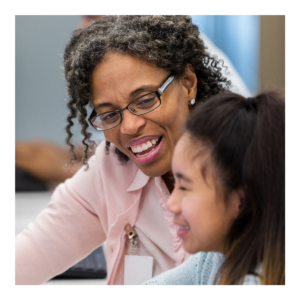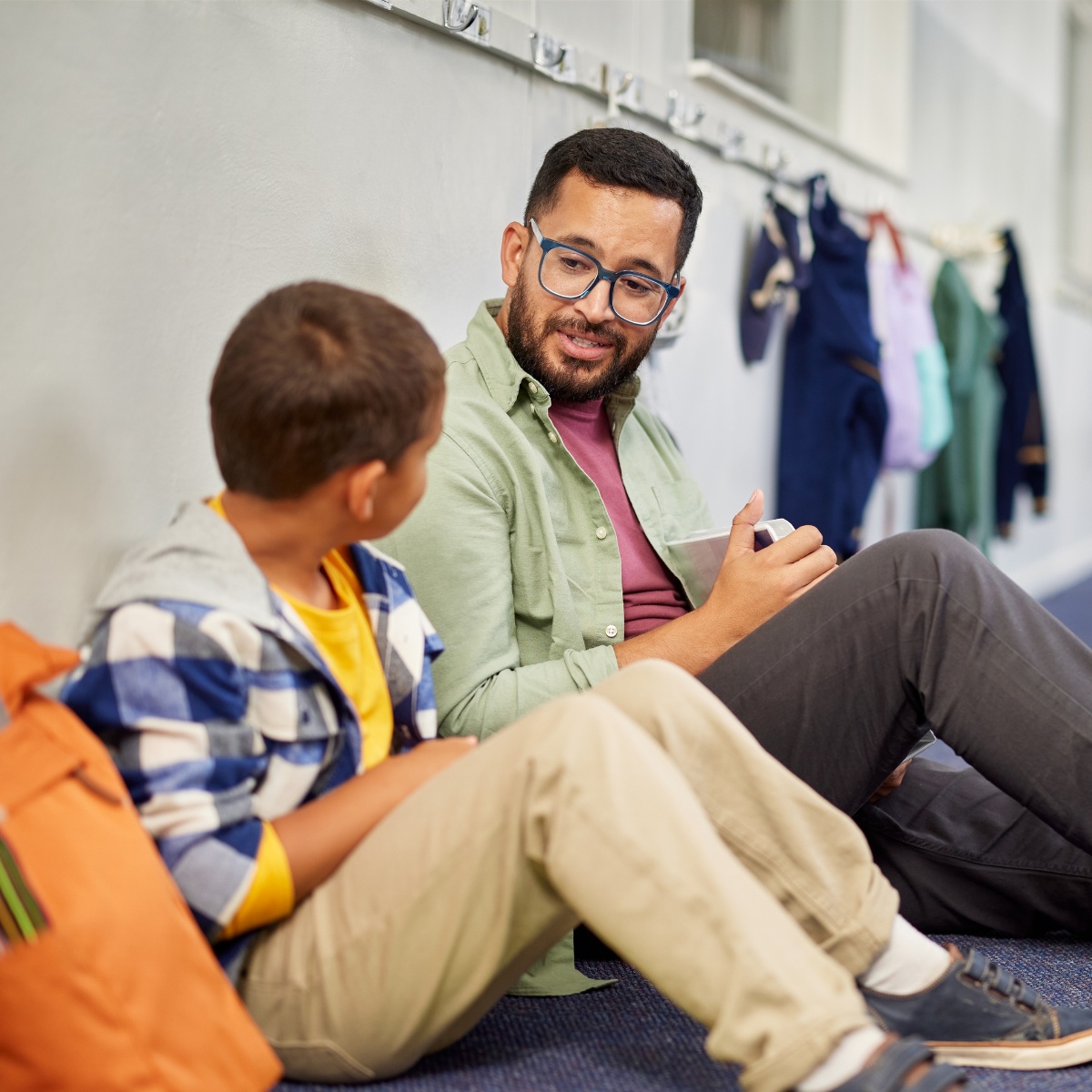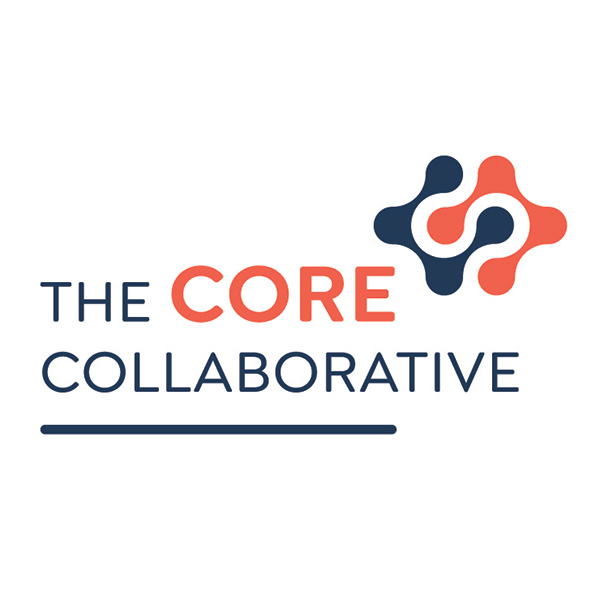We believe connection is at our core and gives our relationships strength; it is the energy we share when we feel seen, heard, and valued.
In the pursuit of academic excellence, schools and school districts often focus on curriculum, standardized testing, and instructional strategies. However, at the heart of successful educational institutions lies something more fundamental: our core belief in valuing connection and quality relationships. These elements are not just feel-good aspects of school culture; they are critical to the holistic success of students, teachers, and the school community at large.
The Impact of Teacher-Student Relationships

John Hattie’s extensive research on visible learning, which synthesizes over 1,500 meta-analyses related to student achievement, underscores the importance of teacher-student relationships. Hattie found that positive teacher-student relationships have an effect size of 0.72, which is significantly above the hinge point of 0.40 which represents one year of growth for one year of input. This means that students who experience strong relationships with their teachers are more likely to achieve academic success.
Teacher-student relationships are built on trust, respect, and mutual understanding. When students feel valued and understood by their teachers, they are more engaged, motivated, and willing to take academic risks. These relationships create a safe and supportive learning environment, which is essential for students to thrive. Teachers who invest time in getting to know their students and who demonstrate genuine care for their well-being foster a classroom culture that promotes academic and social-emotional growth.
The Role of Relational Trust in School Communities
Relational trust extends beyond the classroom and is essential at all levels of a school community, from administrators to teachers, to students and their families. Research by Bryk and Schneider (2002) in their book Trust in Schools: A Core Resource for Improvement highlights the significance of relational trust in schools. They found that schools with high levels of trust among staff, students, and parents are more likely to experience positive outcomes, including improved student achievement and a higher likelihood of successful school reform initiatives.
Relational trust is built over time through consistent actions that demonstrate respect, competence, personal regard, and integrity. For example, when school leaders actively listen to teachers’ concerns, provide meaningful professional development, and follow through on commitments, they build trust within the faculty. Take the Team Trust Survey from the book Leading Impact Teams: Building a Culture of Efficacy and Agency to identify the assets within your system and to determine how you can strengthen your team from within. Similarly, when teachers communicate regularly with parents, involve them in their children’s learning, and show empathy for their circumstances, they strengthen the school-home partnership.
Delve deeper into how to build and sustain relational trust with your teams and community by reading 3 Strategies to Build Team Trust and Belonging by Dr. Paul Bloomberg and Vivett Dukes’ piece, Does Understanding Cultural Identity Build Relational Trust?.
Building Connection and Quality Relationships
Creating a school culture that prioritizes connection and quality relationships requires intentionality and effort. We have selected a few strategies that schools and districts can implement to foster these core beliefs:
1. Professional Development Focused on Relationship-Building:
Schools can offer training that helps educators develop skills in communication, empathy, and conflict resolution. This not only enhances teacher-student relationships but also improves interactions among staff members.
Get started by focusing on one of these 10 Ways to Build Trust in Schools.
2. Collaborative Decision-Making:
Involving teachers, students, and parents in decision-making processes fosters a sense of ownership and mutual respect. When stakeholders feel their voices are heard, they are more likely to trust and support school initiatives.
 3. Mentorship Programs:
3. Mentorship Programs:
Pairing students with mentors—whether teachers, older students, or community members—can provide additional layers of support and connection. These relationships offer students a sense of belonging and guidance that extends beyond academics.
4. Restorative Practices:
Implementing restorative practices in discipline policies can shift the focus from punishment to relationship repair. This approach encourages students to understand the impact of their actions and to rebuild trust within the school community.
Consider a school district that prioritizes relationship-building through regular family engagement events, where parents are invited to participate in workshops, cultural celebrations, and school activities. These events create opportunities for families to connect with teachers and administrators in a relaxed setting, fostering trust and collaboration.
Another example is a school that integrates social-emotional learning (SEL) into its curriculum, teaching students the skills needed to build healthy relationships, manage emotions, and resolve conflicts. By valuing SEL alongside academics, the school cultivates a learning environment where students feel supported and connected to their peers and teachers.
Valuing connection and quality relationships is not just an add-on to the academic mission of a school or district; it is foundational to any human endeavor.
Valuing connection and quality relationships is not just an add-on to the academic mission of a school or district; it is foundational to any human endeavor. When learners feel connected and supported, they are more likely to engage deeply in their work and achieve their full potential. When teachers and staff trust each other and their leadership, they are more motivated to collaborate and innovate. By intentionally fostering these relationships, schools, and districts can create a thriving educational community that benefits all its members.
In the words of John Hattie, “It is teachers who have created positive teacher-student relationships that are more likely to have the above-average effects on student achievement.” Let us take this to heart and build educational environments where connections and relationships are at the core of all we do.



